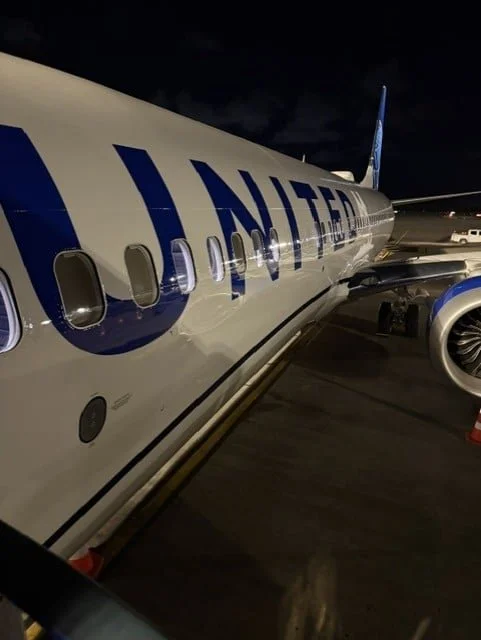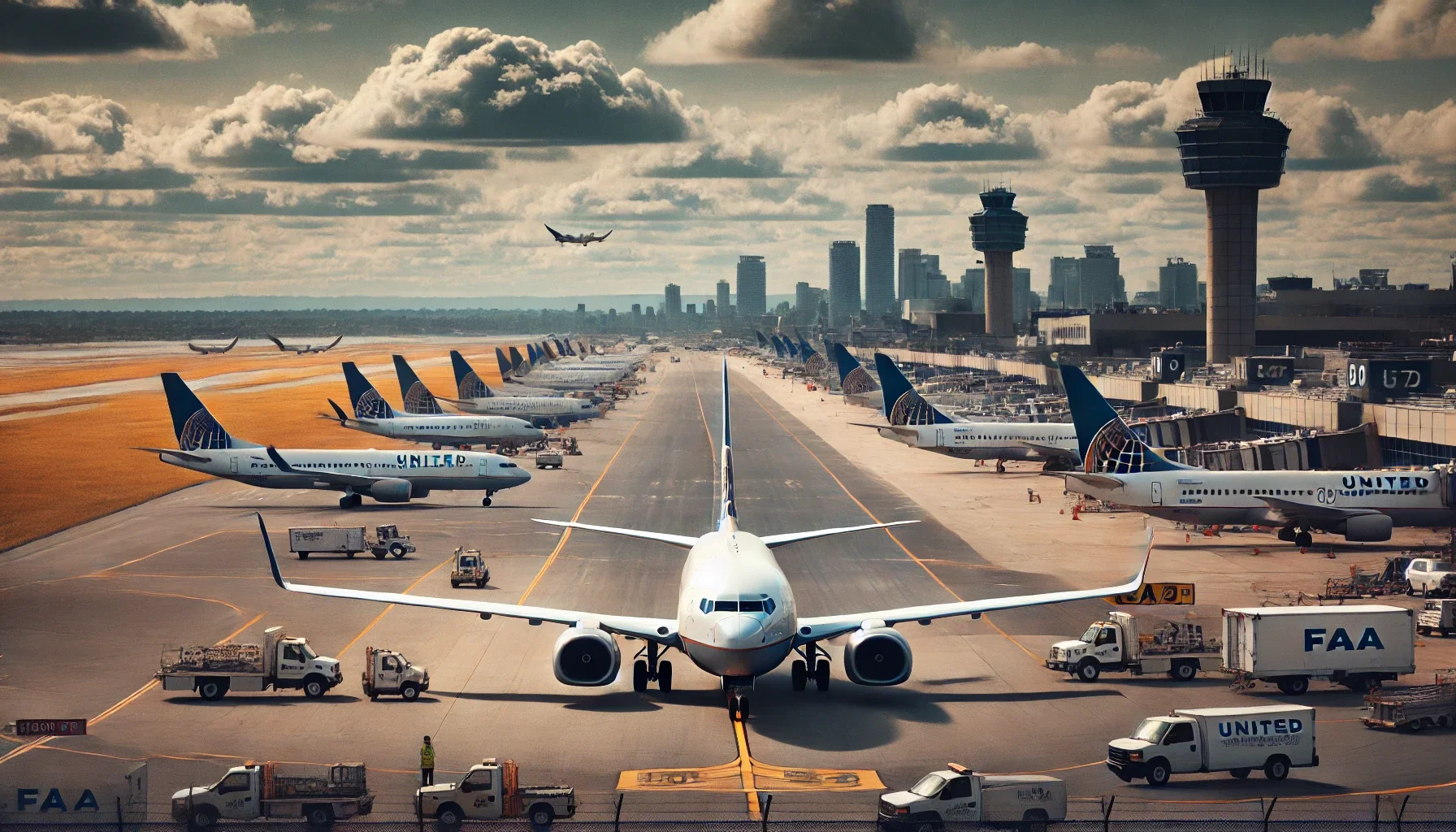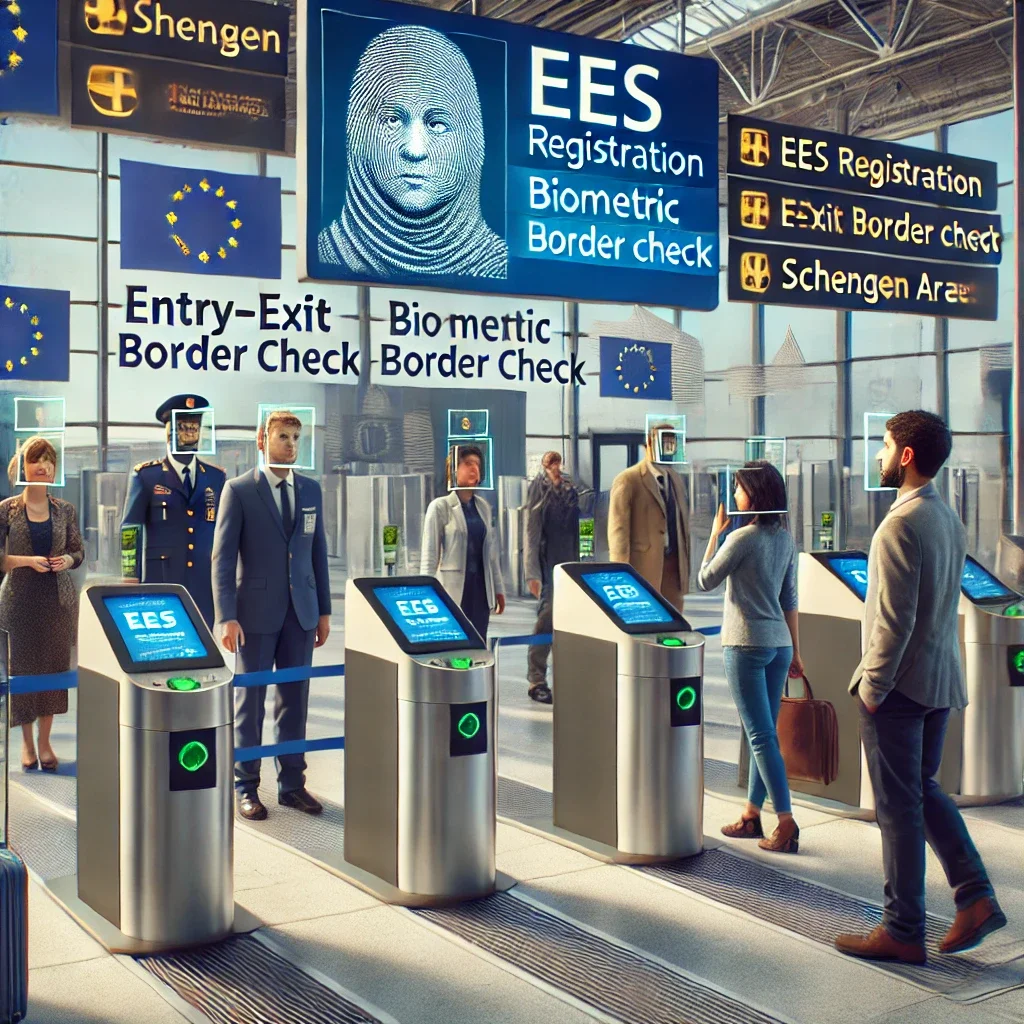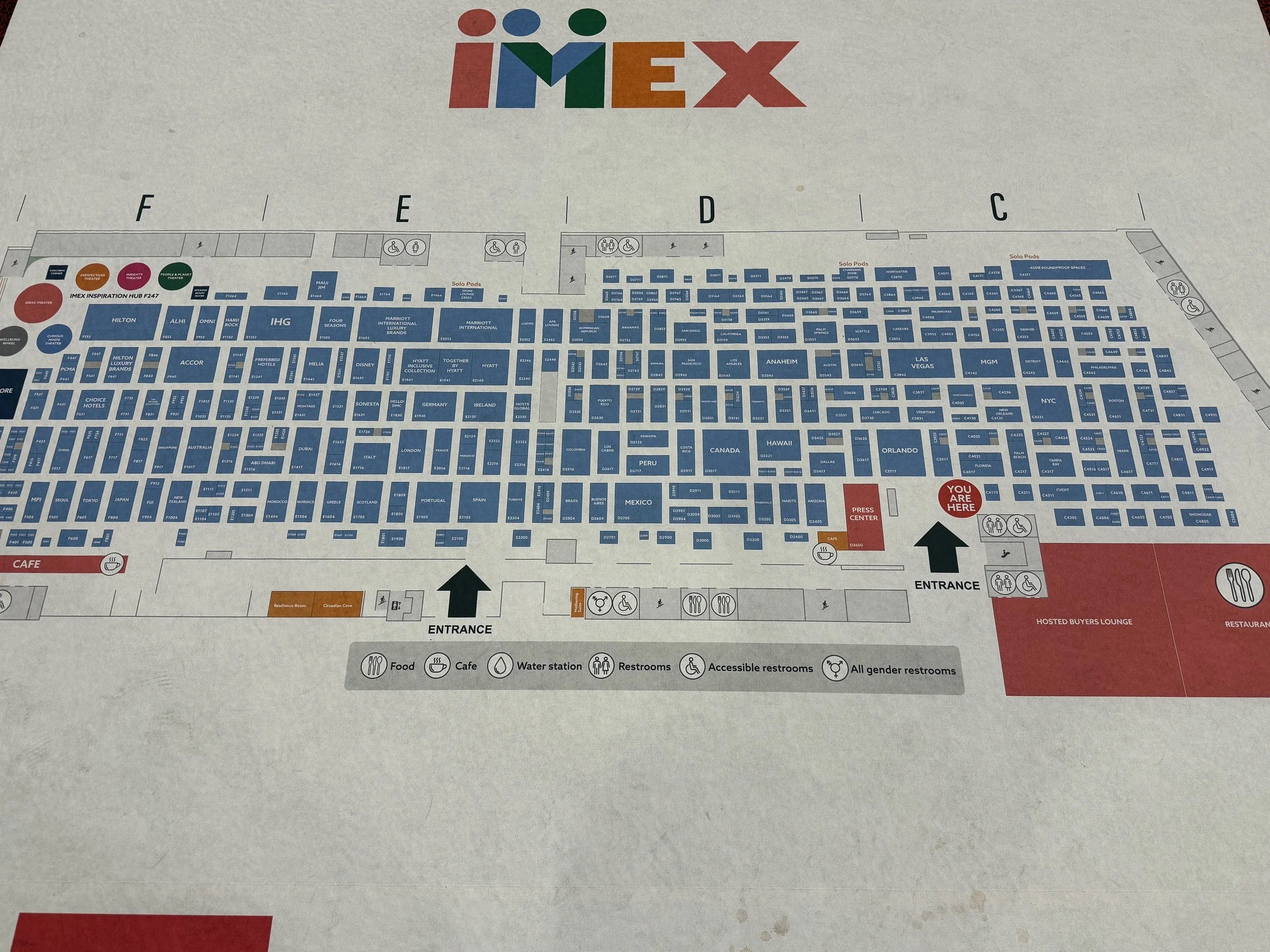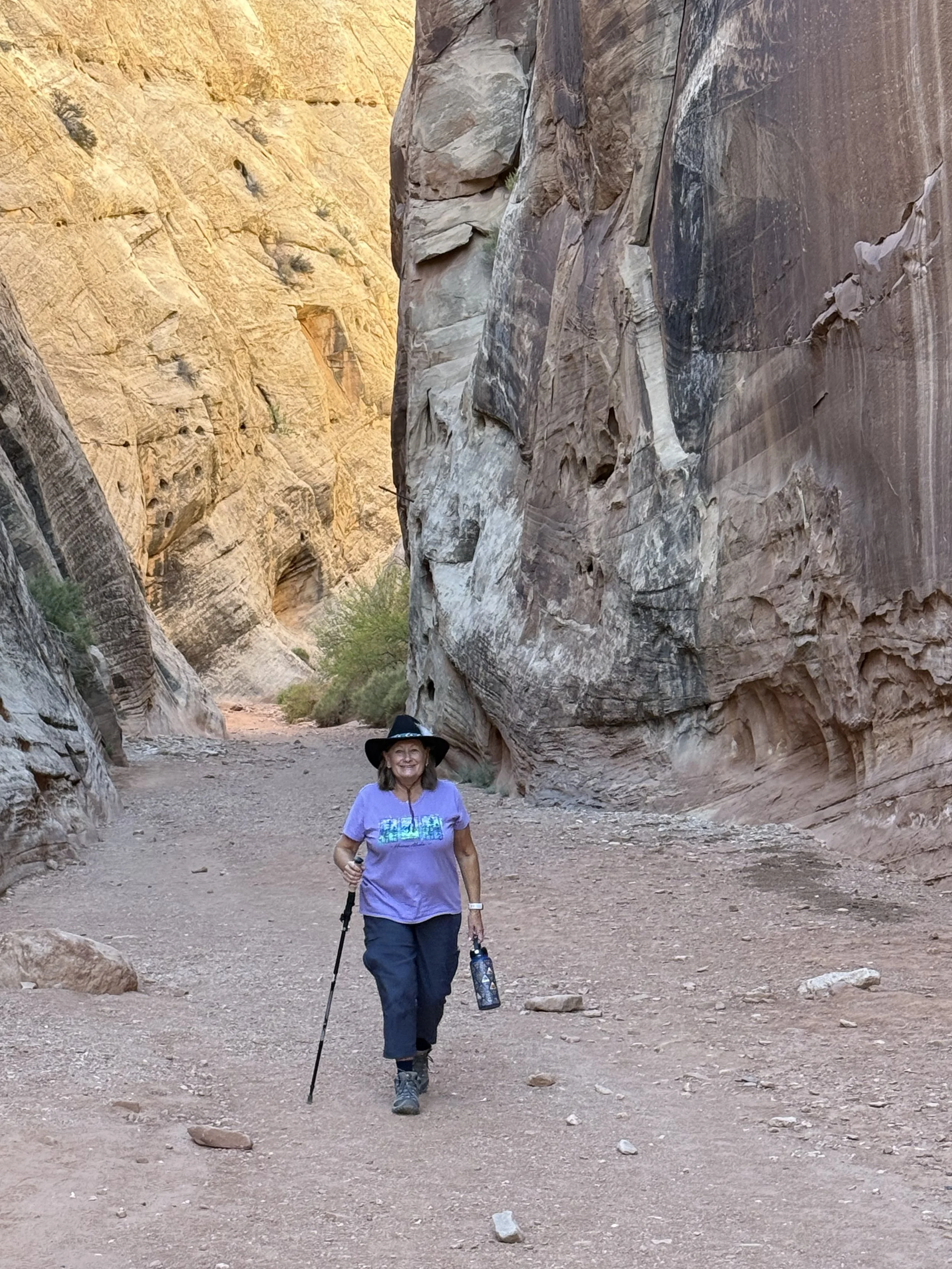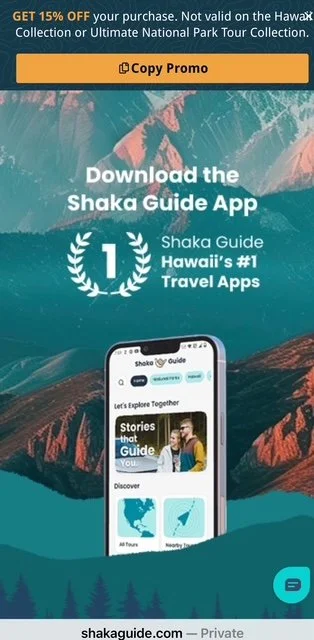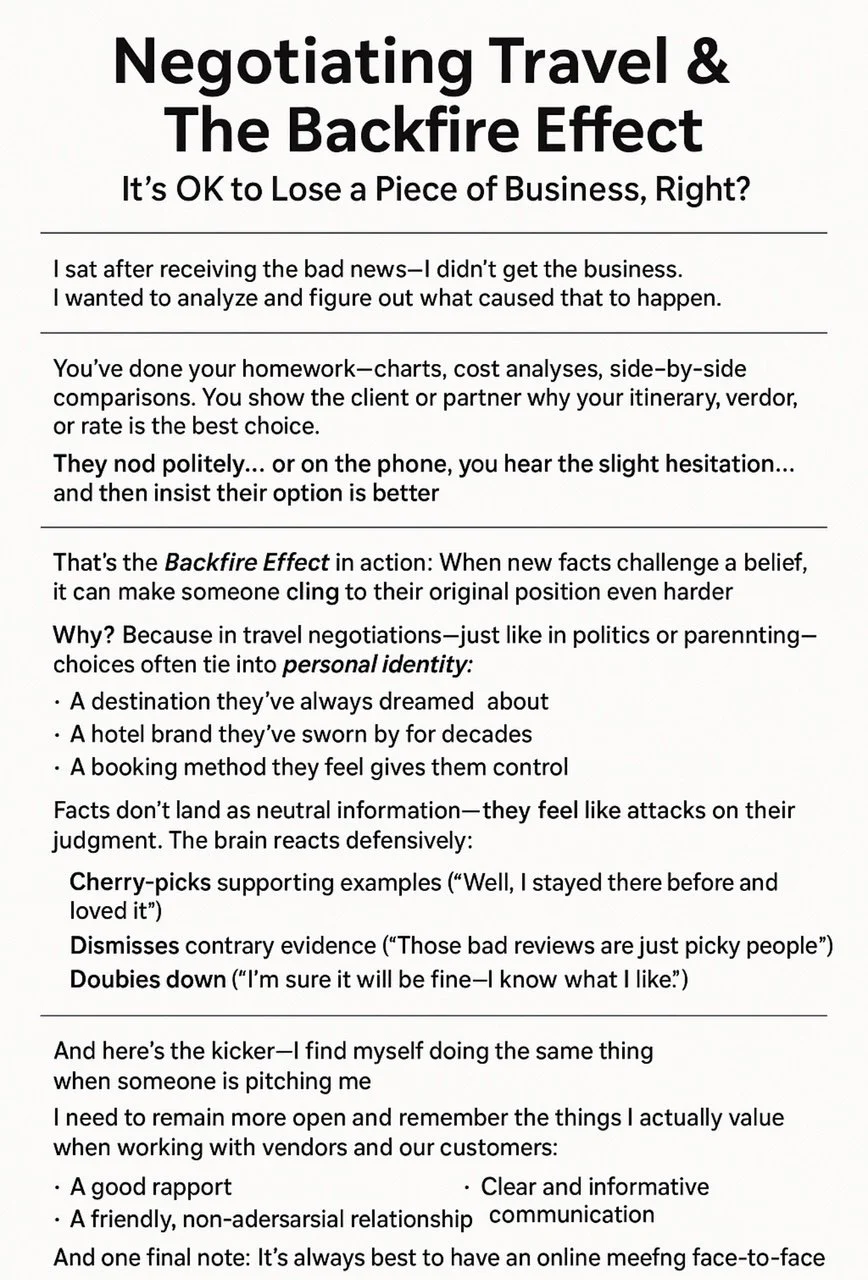I was just thinking out loud....
Let’s Wake Up the Senior Spirit: One Story, One Smile, One Chapter at a Time
By Joe Lipman | Summit Management Services
Sometimes, all it takes to wake up the heart is a good story — your own.
For years, many of our parents and grandparents have carried extraordinary memories tucked away: moments from their childhood, their first job, their wedding day, the birth of a child, the funny neighbor, the miracle, the heartbreak, the triumph. These are the stories that shaped us — and it’s time they were told, shared, and celebrated.
The New Morning Routine: Sit, Reflect… and Let ChatGPT Help
You don’t have to be a writer to tell your life story — you just need to start talking.
Today’s technology makes it easier than ever. With tools like ChatGPT, seniors can simply sit back, speak their memories, and let the words flow.
They can:
Dictate or type their memories and ask ChatGPT to help organize them into chapters.
Send one short story each day to children, grandchildren, or friends — “A Chapter a Day.”
Watch those stories grow into a book, a family history, or even a movie script that keeps their legacy alive.
No deadlines. No stress. Just gentle storytelling — one memory at a time.
Add Photos — and Watch the Magic Happen
Bring them old photos. You know — all the people you don’t know, but would be nice if you did.
Pull out those boxes of black-and-white snapshots: the ones of grandparents on porches, aunts and uncles at weddings, or family picnics in places nobody remembers. Those pictures are the keys to a hidden library of stories waiting to be told.
Now, hand them the photo. Turn on ChatGPT and simply ask:
“Tell me a story about this picture — who are they, where was it taken, what was happening?”
Watch the expression on their face change as memories start to unfold — names, places, laughter, details that might have been buried for decades.
Then, take a snapshot of that photo with your phone or tablet, and type or paste their memory underneath it. Send it to family, friends, or coworkers. One picture at a time, you’re creating a living, breathing family history gallery.
Imagine how that changes a life — theirs and yours.
How to Get Started
Here’s a simple daily plan that works at home or in any senior facility:
Day 1: Pick one memory — a person, place, or event that made you smile.
Day 2: Describe it in a few sentences, then ask ChatGPT:
“Help me turn this memory into a story about my childhood.”
Day 3: Send that story to family or friends.
Day 4: Repeat with a new topic — memories, school, love, travel, work, or lessons learned along the way.
Within weeks, you’ll have a collection of stories and photos that bring your family history to life.
Family & Facility Involvement
This is where the magic multiplies. Families and caregivers can:
Set up a shared folder or email chain to collect each “chapter.”
Read stories aloud during visits or community gatherings.
Add old photos or build a wall collage with printed memories underneath.
Create a “Memory Wall” where new stories are displayed weekly.
Facilities can host “Story Hours” — time set aside for residents to share, listen, and laugh. These sessions turn a quiet afternoon into a community of living history.
Beyond the Book: Building the Legacy
What begins as a few stories can grow into:
A family tree, complete with photos and stories.
A documentary-style video, recorded on a tablet or phone.
A digital scrapbook of handwritten letters, recipes, or traditions.
A community anthology, where several seniors contribute chapters to one collective story — “The Town We Built.”
Each project becomes a bridge between generations — proof that our history isn’t just what happened, it’s what’s remembered.
Laughter, Connection, and Purpose
Storytelling and photo sharing bring more than nostalgia. They spark laughter, sharpen memory, and give seniors a reason to look forward to tomorrow’s story.
It reminds them — and all of us — that their lives still shape ours every day.
Final Thought
Let’s make this a movement.
Help seniors wake up the storyteller inside them.
Help families collect the memories that might otherwise be lost.
And help facilities embrace creativity, humor, and technology as tools for joy.
Because every senior has a story worth telling — and now, we finally have the tools to make sure it’s never forgotten. Teach our Seniors how to have fun without giving them an Amazon account.
#JoeKnows #SeniorLiving #Storytelling #FamilyHistory #LegacyBuilding #AgingWithPurpose #CommunityCare #IwishMomandDadHadThis #HistoryIsBeingRewritteInRealTime #HistoryIsBeingWritteInRealTime






